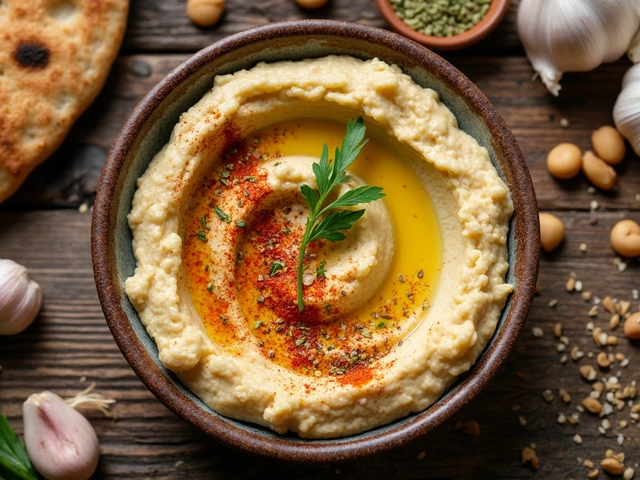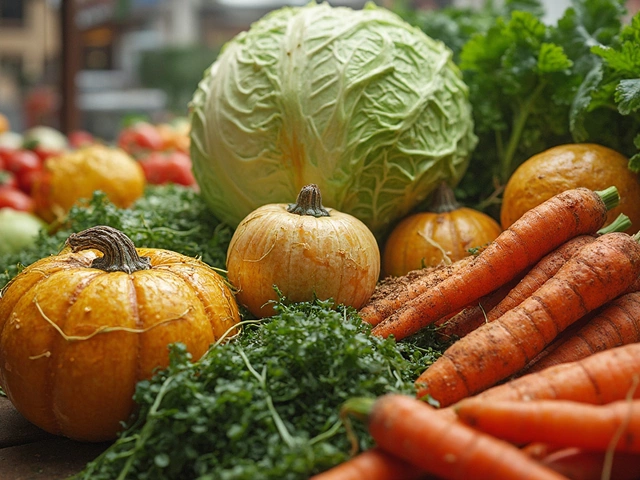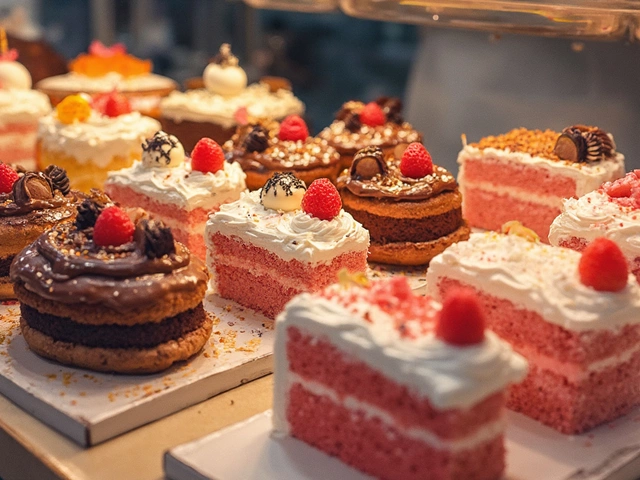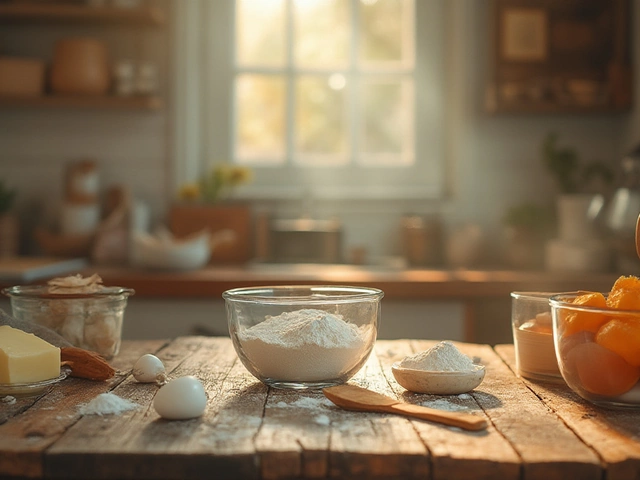Pastel Dough Basics: Quick Tips, Easy Recipes & Handy Tricks
Ever tried to make those sweet, flaky pastries called pastels and ended up with a tough, doughy mess? You’re not alone. The secret is not a fancy ingredient but a few practical moves that turn ordinary flour into silky, buttery dough. Below you’ll find the core steps, common pitfalls, and a couple of go‑to recipes that work for beginners and seasoned bakers alike.
Getting the Right Mix
Start with a balanced blend of flour, butter, a pinch of salt, and a little sugar. Use all‑purpose flour for a tender crumb; if you want extra lightness, swap in a quarter cup of cake flour. Cut cold butter into the flour until the mixture looks like coarse crumbs—think peas, not a smooth paste. Then add just enough ice‑cold water (usually 2–3 Tbsp) to bring the dough together. Over‑mixing creates gluten, which makes the dough hard, so stop as soon as it forms a ball.
Chilling and Rolling Made Simple
Wrap the dough tightly in plastic wrap and chill for at least 30 minutes. This rest lets the gluten relax and the butter solidify, giving you a flakier result. When you’re ready to roll, dust the surface lightly and roll to about 1/8‑inch thickness. If the dough cracks, let it sit at room temperature for a couple of minutes; it will become pliable again. Use a round cutter (about 4‑5 inches) for classic pastel shapes, then fill and fold.
For the filling, keep it moist but not watery—fruit jams, sweetened cream cheese, or chocolate ganache work great. Spoon a tablespoon onto the center, leaving a border, then fold the dough over and crimp the edges with a fork. A quick egg wash (one egg beaten with a splash of water) adds a golden shine, and a sprinkle of sugar gives a gentle crunch.
Bake at 375°F (190°C) for 15‑20 minutes, or until the pastry is puffed and lightly browned. Let the pastels cool on a wire rack; this prevents the bottoms from getting soggy. Serve warm with a dusting of powdered sugar, or store in an airtight container for up to two days.
**Quick Pastel Dough Recipe**
- 250 g (2 cups) all‑purpose flour
- 125 g (½ cup) cold unsalted butter, diced
- 2 Tbsp sugar
- ¼ tsp salt
- 2‑3 Tbsp ice‑cold water
If you want a richer dough, swap half the butter for a splash of heavy cream. For a gluten‑free version, use a blend of rice flour and tapioca starch, but expect a slightly different texture. Experiment with flavored butter—add a pinch of cinnamon or orange zest for a festive twist.
Remember, the key to perfect pastel dough is gentle handling, proper chilling, and not over‑working the mixture. With these basics, you’ll whip up batches of golden, flaky pastries that impress friends, family, or anyone craving a sweet bite. Happy baking!
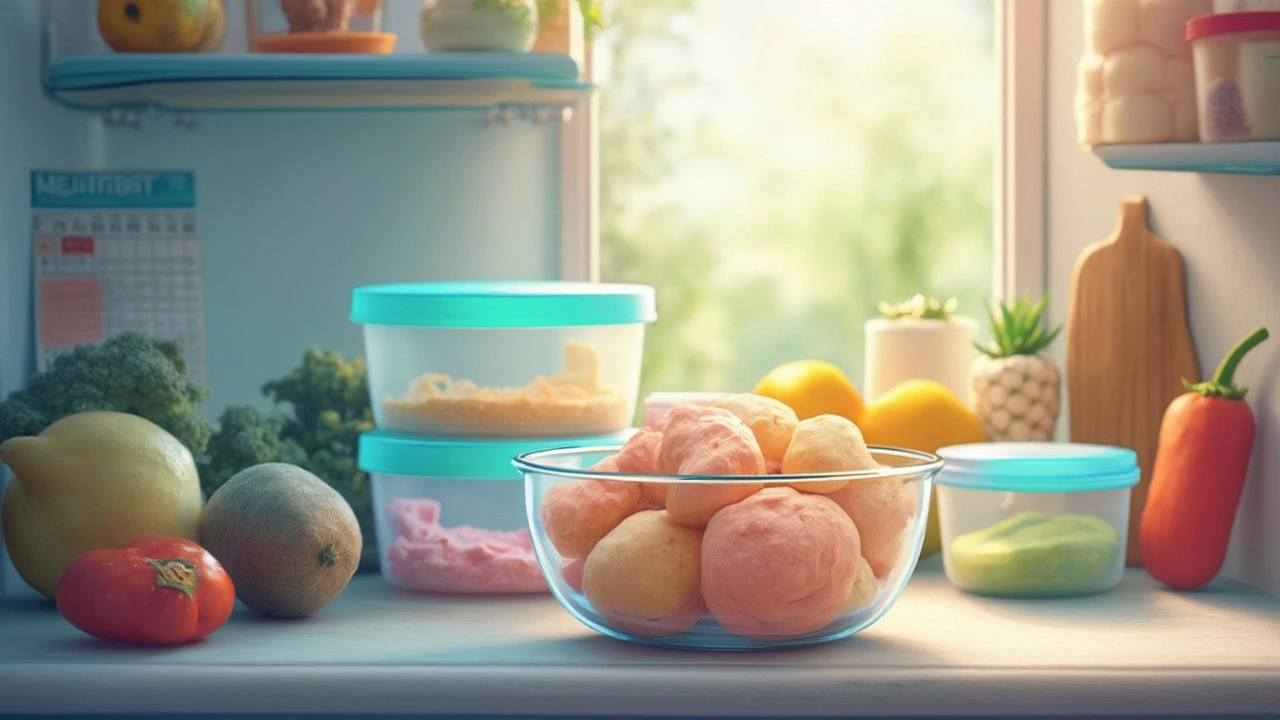
How Long Does Fresh Pastel Dough Last in the Fridge?
Wondering how long your fresh pastel dough can hang out in the fridge before it goes bad? The right storage methods keep your dough tasting great and safe to eat. Learn the real shelf life, signs your dough’s headed south, and quick ways to make it last longer. If you love fried treats or prepping desserts early, here’s what you need to know to avoid waste and food poisoning. Let’s get your pastel dough game on point.
View More

